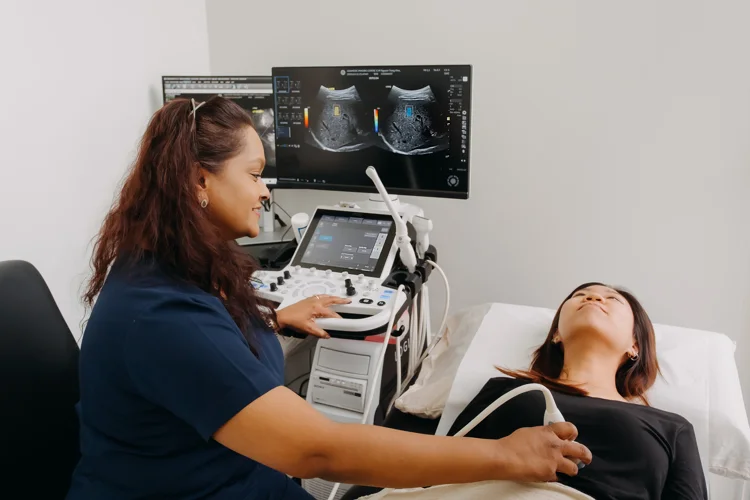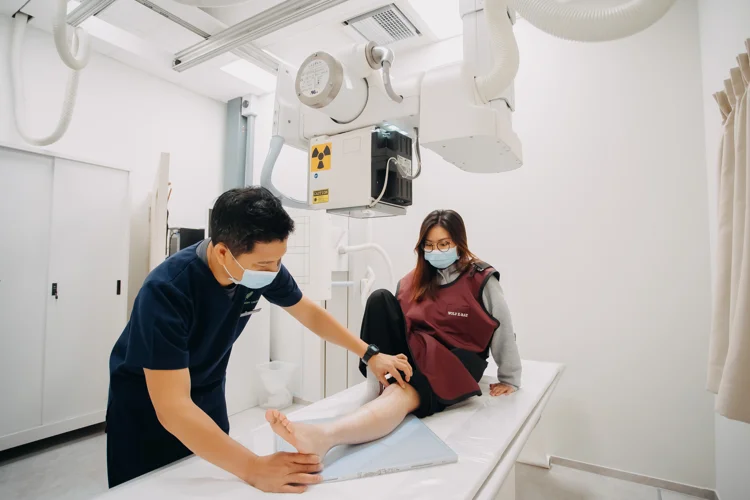Can STD Tests Be Wrong?
Sexually transmitted disease (STD) testing is vital for sexual health care, designed to accurately identify infections such as gonorrhea, chlamydia, syphilis, HIV, and herpes. These infections, often spread through sexual contact, can have serious health consequences if left untreated. Testing is the only reliable way to confirm whether you have an STD. However, no medical test is entirely foolproof, as rare errors can result in inaccurate results. Recognising these possibilities is essential to making informed decisions about your health.


According to the National Skin Centre, there were 8,024 reported local cases of the top five sexually transmitted diseases in 2018. This statistic highlights the importance of STD testing in detecting infections early, ensuring timely treatment, and curbing transmission.
Types of STD Tests
Different types of STD tests are used to diagnose various infections. These tests typically involve samples of blood, urine, or swabs from the throat, genital area, or rectum. Common test types include:
- Antibody Tests: These detect antibodies, proteins produced by the immune system to fight infections. Antibody tests are commonly used for diagnosing HIV, syphilis, and hepatitis B and C.
- Antigen Tests: These identify specific proteins (antigens) from bacteria or viruses, such as those linked to HIV and syphilis.
- Nucleic Acid Amplification Tests (NAATs): These highly sensitive tests detect genetic material (DNA or RNA) of bacteria or viruses, commonly used for chlamydia, gonorrhea, and trichomoniasis.
- DNA Tests: These identify viral DNA, particularly for infections like human papillomavirus (HPV).
- Viral Culture: This involves growing a virus from a sample in a lab to confirm its presence, often used for diagnosing herpes.

Understanding Test Accuracy
The reliability of STD tests depends on two key metrics:
- Sensitivity: This measures a test's ability to correctly identify individuals with an infection (true positives). High sensitivity reduces the likelihood of false negatives, where infections are missed.
- Specificity: This measures a test's ability to correctly identify individuals without an infection (true negatives). High specificity minimises the risk of false positives, where healthy individuals are mistakenly diagnosed with an STD.
Discussing the accuracy of tests with your doctor can help you better understand the implications of your results.
Factors That Affect STD Test Accuracy
Several factors influence the accuracy of STD test results:
- Type of Infection: Different infections require different tests, and their accuracy can vary. For instance, NAATs are highly effective for bacterial STDs like chlamydia, while antibody tests are used for HIV.
- Testing Timing: Testing too soon after exposure can result in false negatives. Each STD has a window period, which is the time between exposure and when the infection becomes detectable by a test.
- Sample Quality: Proper collection, storage, and transportation of samples are essential. Errors in any of these steps can compromise the sample's integrity and impact test accuracy.

Interpreting Your Test Results
Receiving your STD test results is just the beginning. It is important to consult your doctor to interpret the findings accurately. Your doctor can determine if confirmatory follow-up testing is necessary and help develop a treatment plan if required. Professional advice ensures you take the right steps to protect your health and prevent complications.
Summary
While STD tests are not infallible, they are indispensable for diagnosing and treating infections. False positives and negatives, though rare, highlight the need for caution when interpreting results. Consulting a doctor ensures accurate understanding and appropriate action for your health. If you’re unsure which tests you need, schedule an appointment to discuss your options. Early detection and timely intervention remain the best ways to safeguard your health and well-being.
Why Choose Us?








Navigate Easy With Google Maps
Health Screening Singapore
(Anson House)
Health Screening Singapore
(Camden Medical Centre)
Frequently Asked Questions (FAQ)
False STD tests are rare but can happen. False negatives are more common than false positives, particularly if testing is conducted too soon after exposure.
Yes, testing negative doesn't always rule out an STD, especially if the test is performed during the window period. Retesting after the window period is advised.
STD tests are generally very accurate, but no test is 100% error-proof. Accuracy varies depending on the test type and timing.
Yes, STD blood tests can occasionally yield incorrect results due to factors like timing, sample quality, or rare lab processing errors. However, laboratories typically follow strict quality control measures to minimise these risks. If there is any uncertainty, a follow-up test can help confirm accuracy.
Yes, STDs can be misdiagnosed because of false positives, false negatives, or overlapping symptoms with other conditions. Proper testing helps minimise this risk.
No, STI tests are not completely accurate. While highly reliable, they can still produce false positives or negatives.
If both partners are confirmed to be STD-free and maintain a monogamous relationship, the risk of acquiring an STD through sexual contact is minimal. However, external factors, such as prior undiagnosed infections or non-sexual exposures, could still pose a potential risk.
Yes, STDs can be acquired through previous partners, non-sexual transmission (e.g., shared needles), or from mother to child during childbirth.
HPV and herpes are challenging to detect due to their ability to remain dormant and often asymptomatic. Specific tests are required for confirmation.
Yes, STDs can go undetected, especially if testing occurs during the window period or the infection is latent. False negatives are also possible.
Urine tests are highly accurate for detecting chlamydia and gonorrhea but are less effective for STDs requiring blood or swab tests.
STD test inaccuracies are uncommon but can occur due to timing, sample quality, or test limitations. False results are rare but not impossible.
Symptoms for some STIs, like gonorrhea, may appear within days to weeks, while others, such as HIV, can take months or even years to manifest.
Possible reasons include testing too early, having a different condition, or testing errors. Retesting and consulting a doctor is recommended.
